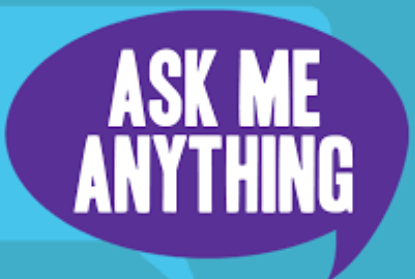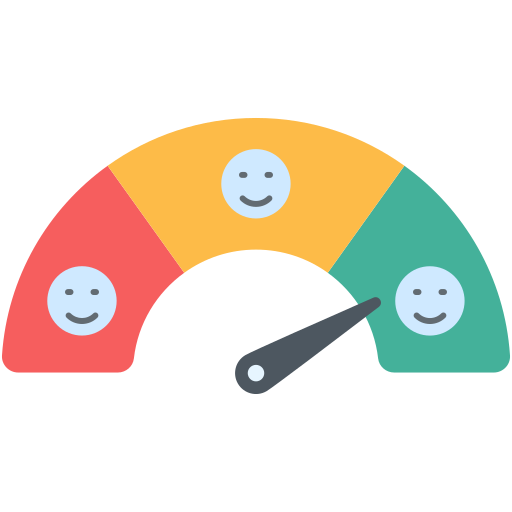

Good question. That’s for the therapist to decide. With that said it’s never just one thing. It could have been a whole series of factors that let to the diagnosis. If I meet that psychologist again I’ll ask him.
I was really more just curious what lead you to see a psychologist in the first place. My understanding is that’s rare for people with the condition. With the diagnosis helping you, it’s almost like you had a lucky break to be seeing a professional that most people with NPD don’t get.
If you don’t mind me asking why was he in court?
I probably can’t go too much into specifics, but that last time was primarily because he’d stopped paying child support. He was also trying to change the visitation agreement to be larger chunks but less frequent. He hadn’t been making use of the time he already had, though, so that wasn’t going to happen, and the judge actually reduced it while requiring all visitation to be in a public place or using the court’s supervised visitation program.
If he does have NPD, there might be other factors in play as well. Odds are we’ll never really know what’s going on there. We just have to try to make sure whatever happens, things stay as healthy as possible for the kiddo.













According to the write-up the house was built in 1859 but the Egyptian suite was painted by Mike Lewis, who appears to be an artist based in Dartmouth, Nova Scotia. Looking him up I found this story from CBC when it was on the market in 2020 and it seems it was commissioned by the then-owner, a historian and filmmaker.